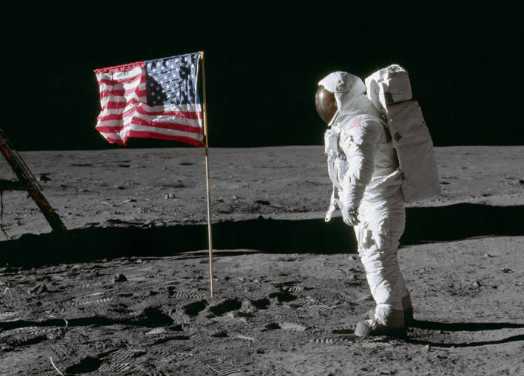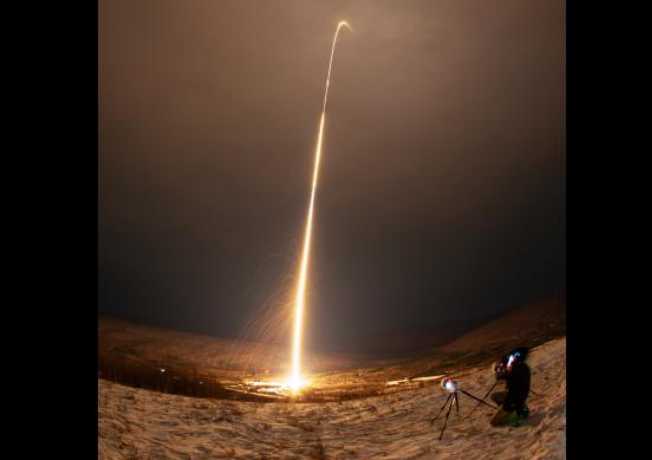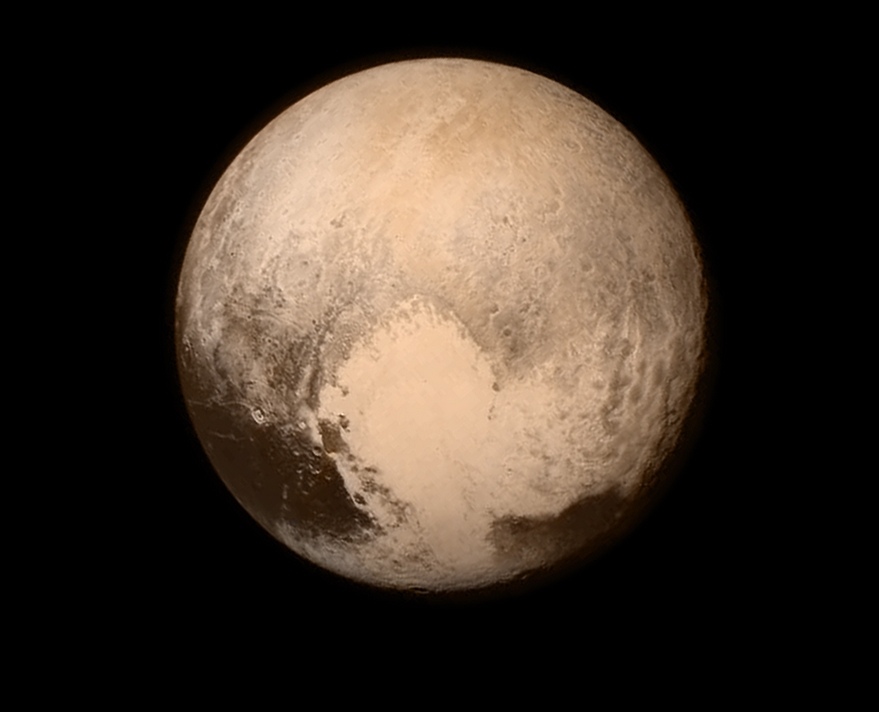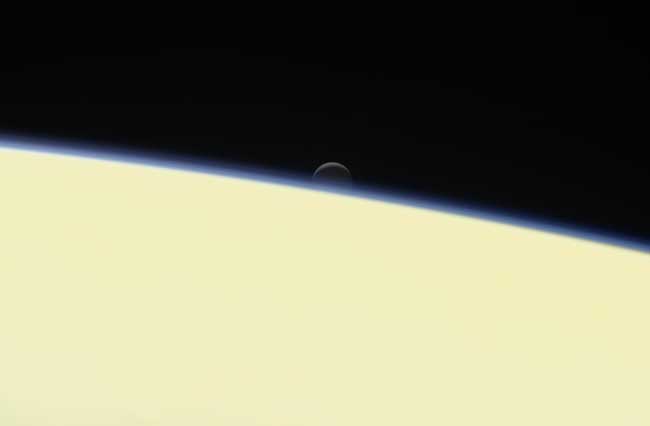
Just seconds after launch on Tuesday morning, NASA’s Antares rocket exploded in a massive fireball above the Wallops Flight Facility in Virginia at 6:22 am.
The failed mission was a scheduled resupply for the space station and carried an unmanned Cygnus spacecraft laden with 5,000 pounds of food, as well as science experiments and other supplies.
The mission was rescheduled from its original launch date on Monday. That mission was scrubbed because of a boat that was found to be within the safety zone of the launch site. The sailboat was found to be in the area as the launch was counting down.
The mission was to arrive at the space station on Sunday, November 2nd.

William Gerstenmaier, the associate administrator of NASA’s Human Exploration and Operations Directorate released a statement after the mishap, saying,
“While NASA is disappointed that Orbital Sciences’ third contracted resupply mission to the International Space Station was not successful today, we will continue to move forward toward the next attempt once we fully understand today’s mishap. The crew of the International Space Station is in no danger of running out of food or other critical supplies.
“Orbital has demonstrated extraordinary capabilities in its first two missions to the station earlier this year, and we know they can replicate that success. Launching rockets is an incredibly difficult undertaking, and we learn from each success and each setback. Today’s launch attempt will not deter us from our work to expand our already successful capability to launch cargo from American shores to the International Space Station.”

The space station has enough supplies to carry them through until spring. Russia launched a cargo vessel on Wednesday with three tons of food for the station, it arrived there six hours after launch.
NASA and Orbital Sciences Corporation have warned the public to stay clear of the area to avoid any potentially hazardous wreckage.
NASA continued conducting investigations today to discover the reason for the rocket failure.








